Research Highlights
Research Highlights
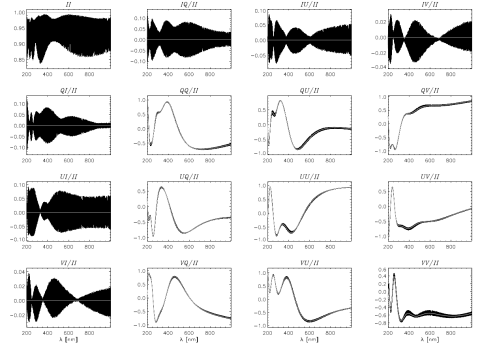
Polarization fringes in optical systems: a compendium
R. Casini and D. M. Harrington review the fundamental mechanisms that are responsible for instrumental artifacts that can affect the accuracy of optical designs conceived for high-sensitivity spectroscopy and polarimetry. Modeling examples are used to highlight the salient characteristics of polarization fringes, as well as to assess how approximate treatments such as this compare to exact but more computational expensive formulations of the problem such as Berreman's calculus.
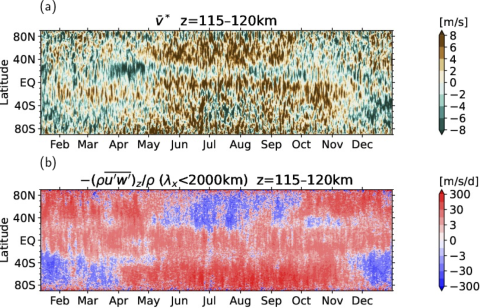
Contribution of Gravity Waves to the Lower Thermospheric Winter-to-summer Meridional Circulation in High-resolution WACCM-X
D. Koshin, N. M. Pedatella, A. K. Smith, and H.-L. Liu analyze the role of gravity waves contributing to winter polar region circulation using output from a high-resolution simulation. In the winter middle atmosphere, gravity waves with eastward phase speeds are generated around the polar vortex and propagate into the lower thermosphere.
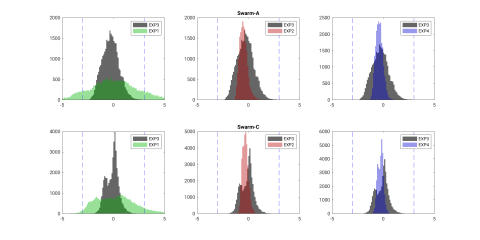
Quantifying the Impact of Solar Irradiance Uncertainty on Thermosphere-Ionosphere Variability Using Ensemble Forecasts
C.T. Hsu, N.M. Pedatella investigate the sensitivity of the thermosphere and ionosphere to variations in solar spectral irradiance (SDO and SORCE mission data). This work highlights the importance of accounting for uncertainty in external solar energy input in space weather models and demonstrates the value of data-informed ensemble simulations in improving the accuracy and reliability of thermosphere and ionosphere forecasts.
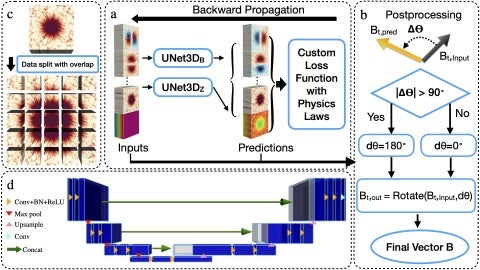
Spectropolarimetric Inversion in Four Dimensions with Deep Learning (SPIn4D): II. A Physics-Informed Machine Learning Method for 3D Solar Photosphere Reconstruction
Matthias Rempel, et. al. introduce a novel, Physics-Informed Machine Learning method to infer the three-dimensional (3D) solar atmospheric structures from observations to advance the understanding of the magnetic fields and electric currents that drive solar activity.

MHD simulations of CME with associated prominence eruption
Yuhong Fan uses magnetohydrodynamic (MHD) simulations to find the formation of a prominence-cavity system that qualitatively reproduces several observed features including the cavity, the prominence “horns”, and the central “cavity” enclosed in the “horns” above the prominence.

Local Time Variability of Gravity Wave Activity Revealed by SABER Temperature Observations
D. Koshin, N. M. Pedatella, A. K. Smith, and H.-L. Liu investigate diurnal variability in gravity wave activity, which is an indication of the interaction between gravity waves and tides using satellite observations

Efficiency of Electromagnetic Energy Transfer from Solar Wind to Ionosphere through Magnetospheric Ultra-Low Frequency Waves
Dong Lin, Michael Hartinger, William Lotko, Wenbin Wang, Xueling Shi, Bharat Kunduri, Viacheslav Merkin, Kareem Sorathia, Kevin Pham, and Michael Wiltberger use a first-principles computational model that can resolve the fundamental physics related to the low frequency plasma waves, to carry out idealized numerical experiments to investigate the electromagnetic energy flow in response to undulating solar wind. The theoretical study provides new understanding of the significance of the electromagnetic energy flow and its dependence on different parameters.
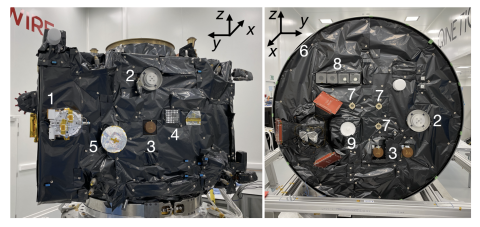
The ASPIICS solar coronagraph aboard the Proba-3 formation flying mission. Scientific objectives and instrument design
Sarah Gibson, et. al. describe the scientific objectives and instrument design of the ASPIICS coronagraph launched aboard the Proba-3 mission of the European Space Agency (ESA) on 5 December 2024.
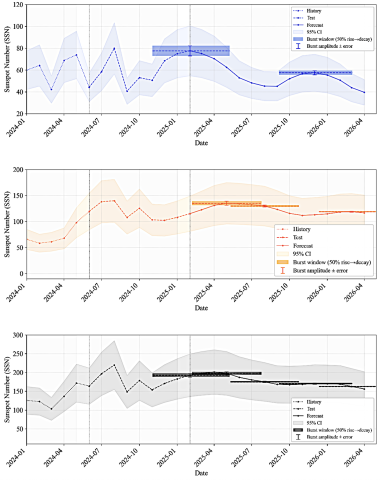
Analysis Of Short-term Solar Activity Variability and Estimating Timings of Next Enhanced Bursts
Juie Shetye and Mausumi Dikpati present a novel machine-learning-based hybrid forecasting strategy for predicting next enhanced burst of solar activity. This hybrid forecast-system combines numerical, statistical, and machine-learning techniques to detect the occurrence of the next bursts of solar activity.